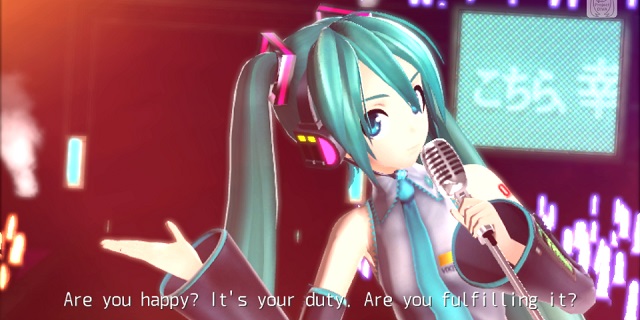
After years of Japan-only releases, Sega took a shot at expanding Hatsune Miku’s rhythm game reach Westward in 2013 with a PS3 release of Project Diva F. It apparently worked, as not only did the Vita release of that game follow soon after, but now we’re getting the sequel — and with extra localization work and a Vita retail edition, Sega’s betting even more on this game’s success.
If you played the first American release, you know what you’re getting into here; rhythm games don’t change that much between releases, and that’s definitely true in a franchise that saw major updates in that installment. Project Diva F 2nd is definitely something of a song pack, but that’s not as much of a bad thing in this genre, as different songs make different gameplay.
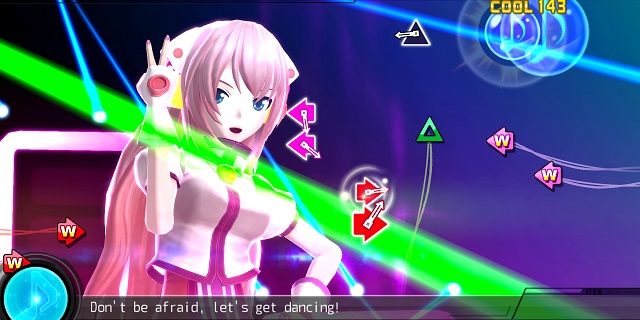
System-specific features
PS3 players will get some spiffy 3D functionality for “Live Studio” performances, as well as full cross-save if you buy both games. The Vita version is PlayStation TV compatible and features AR-based performances, but here’s the best feature: the Edit Mode is a separate download, meaning you can save lots of space if (or when) you don’t need it. – Graham Russell
That’s not to say there haven’t been any changes, though. The result of those major updates arriving in the last game was that they needed some tweaks, and you’ll get those here. The star notes, triggered by flicking the Vita’s touch screen, were the biggest innovation, and they met a mixed response from fans. The PS3 version was forced to map these notes to flicking the analog sticks, and as many preferred that, you’ll find that both platforms can use those controls in F 2nd.
You’d think a second-tier song pack would include second-tier songs, only those that didn’t make the list the first time, and it’s here where you’ll be pleasantly surprised. In the West, anyway. F 2nd‘s track list is half populated by new compositions, with the rest filled by fan favorites from the series’ unlocalized PSP days. This means that if you actually knew a few Miku songs before encountering Project Diva, you may find one or two of them here. (And, of course, if you’re a Miku super-fan, you don’t need to be sold on this release.)
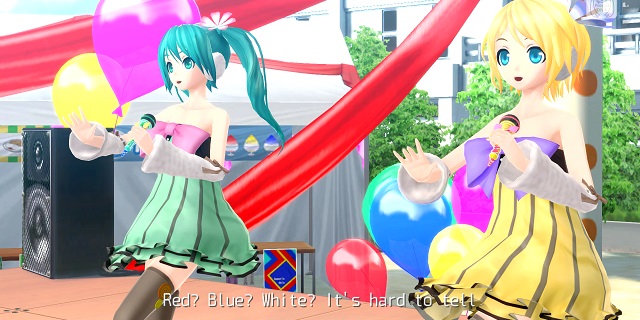
High-level play
Project Diva has a relatively easy learning curve, but the harder difficulties throw in a large combination of all the face buttons and their directions accordingly usually to the rhythm of whatever song you might be playing. Thanks to the extremely tight timing window, a high score can be ruined by just getting one “Good” ranking in the wrong spot. Thankfully, the game comes packaged with a Simple Timing Calibration tool so you can make sure your hits register when you intend. – Eric Albuen
Even if you don’t know any Vocaloid tracks — and that was me before encountering last year’s game — Project Diva can be a heck of a lot of fun just as a rhythm game. It’s frantic, it’s intricate and it’s upbeat, just as you’d expect. If you’re a Rock Band kind of person, it’s probably not for you, but those who like digging into the deep end of music games will recognize the appeal of fast-moving notes and complex patterns.
Just go in expecting to have to replay songs a few times, especially if you don’t know them; much like a bullet-hell shooter, Project Diva is about memorizing patterns and hitting buttons based on muscle memory. It’s hard to really tell what’s going on most of the time anyway; Sega and Crypton go out of their way to make these animated music videos that get covered up by a flurry of crazy notes, and playing means being unable to appreciate either, really.
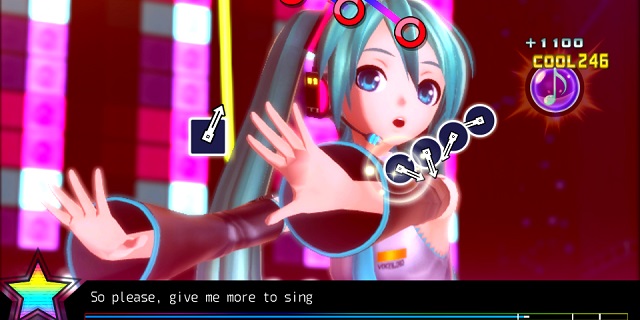
Above and beyond
This year’s release shows some extra effort on Sega’s part. In addition to translating the lyrics into English so you can know what the songs are about, the company also put in a feature letting importers who double-dip on the N.A. release import progress from the Japanese versions. – Graham Russell
Project Diva games are actually filled with a lot more than just the rhythm game, though most of it’s geared toward super-fans rather than the normal gaming public. There’s a whole “room” mode that lets you buy things for the Vocaloids and interact with them in a minimal way, but it’s not really worth exploring. The Edit Mode returns to let players make their own compositions, and there’s a sharing system in place to let avid Diva players try others’ creations.
Both versions have a take on a mode allowing you to watch a “live performance” from the digital singers, controlling camera angles and such. There’s also a ton of DLC to add costumes and such to your options for these modes. What could interest more people, though, is the ability to watch the music videos outside of the context of the game. They’re silly, sure, but it’s a good way to familiarize yourself with the songs for the next time you play.
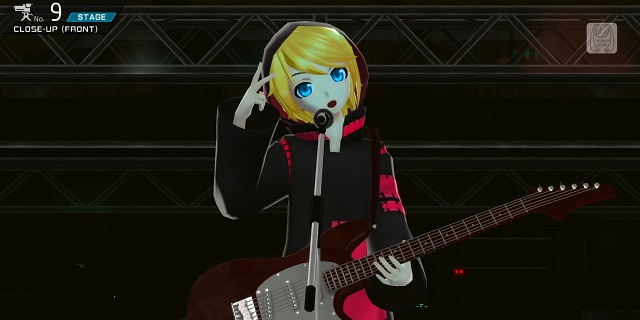
Hatsune Miku: Project Diva F 2nd is what it claims to be: the second chapter of Diva F content, an extra batch of songs with a few fixes thrown in for good measure. Still, it retains its position in the genre, being complicated enough for core players but not inscrutable in the way games like Beatmania or DJMax can be for those just starting out. You’ll “get” what Diva is doing, even if it looks intimidating, and there’s definitely an audience that will love the coating of Miku charm over the whole experience. The track selection and improvements make it a great place for newcomers to start, too.
Pros: Nice mix of classic and new tracks, tweaks done with care
Cons: Unforgiving rhythm detection, star notes still not great



















